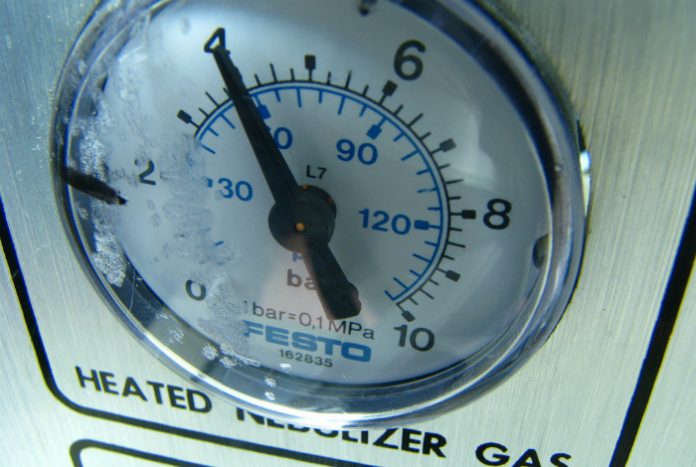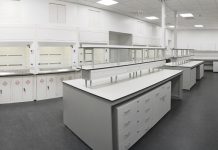Sharing equipment will be a key theme in Professor Sir Ian Diamond’s forthcoming report on efficiency in higher education. Sarah Jackson and Luke Georgiou introduce findings from the study of this activity which show that it is helping to advance scientific research while delivering value to the public purse.
World-leading science requires world-leading equipment. This infrastructure is vital for so many reasons – it underpins scientific excellence, the development of new insights and disciplines, not to mention increasing the productivity and competitiveness of the UK economy. So when the cuts to capital funding were announced by the government in 2010, they were greeted with huge concern.
Sharing of equipment between academics and institutions has been part of the policy response to ensure that the UK can continue to maintain a world-leading science base. The Review on Efficiency in Higher Education by UUK and Professor Sir Ian Diamond provides an important moment to take stock of progress against this agenda. We were delighted to be invited to lead on this work and received great input from colleagues who were only too keen to share their experiences.
The key message from our work is that the sector is “raising the return”. New, cutting edge science and maximum value to the public purse are being delivered by more efficient and effective deployment of research equipment. Our top five findings from our report to Ian Diamond are as follows;
- Sharing of equipment and facilities is taking place across the UK, at a range of levels, leading to increased research productivity. There is sharing within large institutions (for example at the University of Manchester Chemistry Department and at Oxford University); and sharing of mid-tier facilities (for example the Centre for Genomic Research at the University of Liverpool); while £10m investment from the Engineering and Physical Sciences Research Council (EPSRC) has funded five world-leading High Performance Computing facilities shared by 22 universities.
- Significant progress has been made in developing an infrastructure to support equipment sharing. This includes more than 25,000 items classified on regional databases developed by clusters such as the N8 research intensive universities in the north of England, the M5 universities in the Midlands, Scottish universities and the Science and Engineering South consortium.
- These facilities are also being shared with business to drive innovation. Using shared equipment at the National Composites Centre, part of the High Value Manufacturing Catapult, has helped Airbus UK register five patents relating to aircraft wings which have enabled cost savings of 20% and a weight saving of 15%. Further, a range of multinational companies and charities have invested more than £800m through the HEFCE Research Partnership Investment Fund to create new science facilities and to access university expertise.
- New approaches to purchasing equipment are maximising the value delivered from the science budget. These include pooling resources to purchase the highest specification of equipment possible, collaborative procurement of maintenance contracts, warranties and service costs; and utilising government procurement service agreements to reduce the cost of energy bills.
- Sharing is strengthening the UK’s collaboration networks. These include the organic growth of regional university clusters to support greater collaborations and long term investment planning, supporting the sharing of equipment at all universities through a national database , for example a 3D printing suite at Norwich University of the Arts, and supporting the “stickiness” of companies in the UK research ecosystem through the development of translational research facilities and the HEFCE Research Partnership Investment Fund.
Through the course of our work it became clear that the support of funders, particularly the EPSRC, has been critical in delivering progress. This partnership working will be crucial moving forwards as barriers still remain. Our final blogpost will outline some recommendations to overcome these hurdles.
Our report highlights to government how we are increasing productivity, retaining the UK’s significant international standing in research and supporting large and small businesses to develop new technologies, to innovate and grow.
The return to the UK taxpayer is already significant, and with further support, the sector is ready to do much more.
- Professor Luke Georgiou, vice-president, research and innovation, University of Manchester
- Sarah Jackson, director of research, partnerships and innovation, University of Liverpool
They are on twitter at @lukegeorghiou and @sarah_jackson








